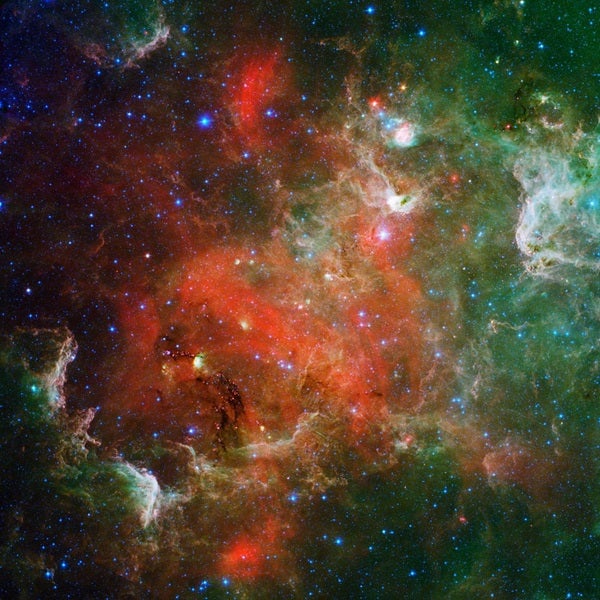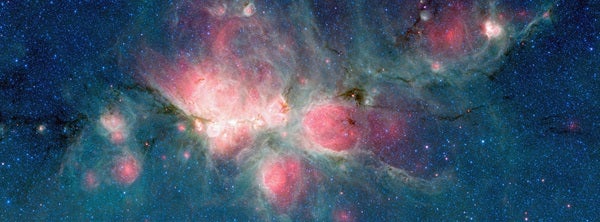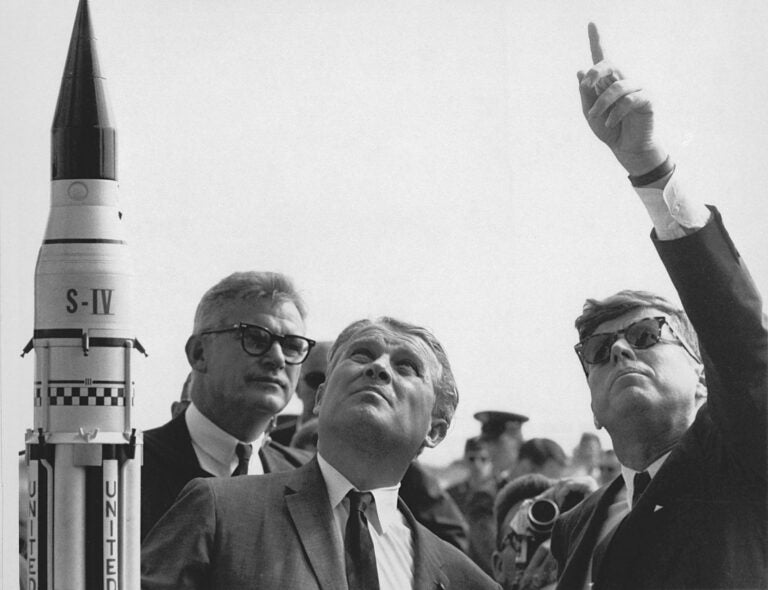Spitzer was the fourth and final component of NASA’s Great Observatories program, which also included the Hubble Space Telescope, the Chandra X-ray Observatory, and the Compton Gamma Ray Observatory. This quartet was designed to deliver super-sharp views of the heavens across a broad span of wavelengths. Originally christened the Space Infrared Telescope Facility (SIRTF), Spitzer was renamed for American physicist Lyman Spitzer Jr., an early and vocal advocate for space-based telescopes, once the observatory opened its eye to the universe.
Spitzer’s primary mirror measured 33 inches (0.85 meter) across, and its three science instruments recorded infrared radiation, or heat, with wavelengths between 3 and 180 micrometers. Needless to say, heat from nearby objects would have swamped the telescope’s sensitive detectors. The biggest source of heat in near-Earth space is Earth itself, so NASA launched Spitzer into an orbit around the Sun that trails our planet and drifts slowly away.
Spitzer’s window on the universe allowed astronomers to study regions largely hidden from optical telescopes. Because infrared radiation penetrates dust, the observatory could peer inside stellar nurseries to watch stars being born. It also looked through the thick dust lanes that clog the Milky Way’s disk and confirmed that our galaxy is a barred spiral.
Although Spitzer is now gone, its impact will be felt for years to come. That impact will endure in part because NASA’s 6.5-meter James Webb Space Telescope, currently scheduled for launch in March 2021, will also probe the universe at infrared wavelengths and follow up on many of Spitzer’s discoveries. Not a bad legacy for an observatory astronomers once hoped would last two and a half years.











